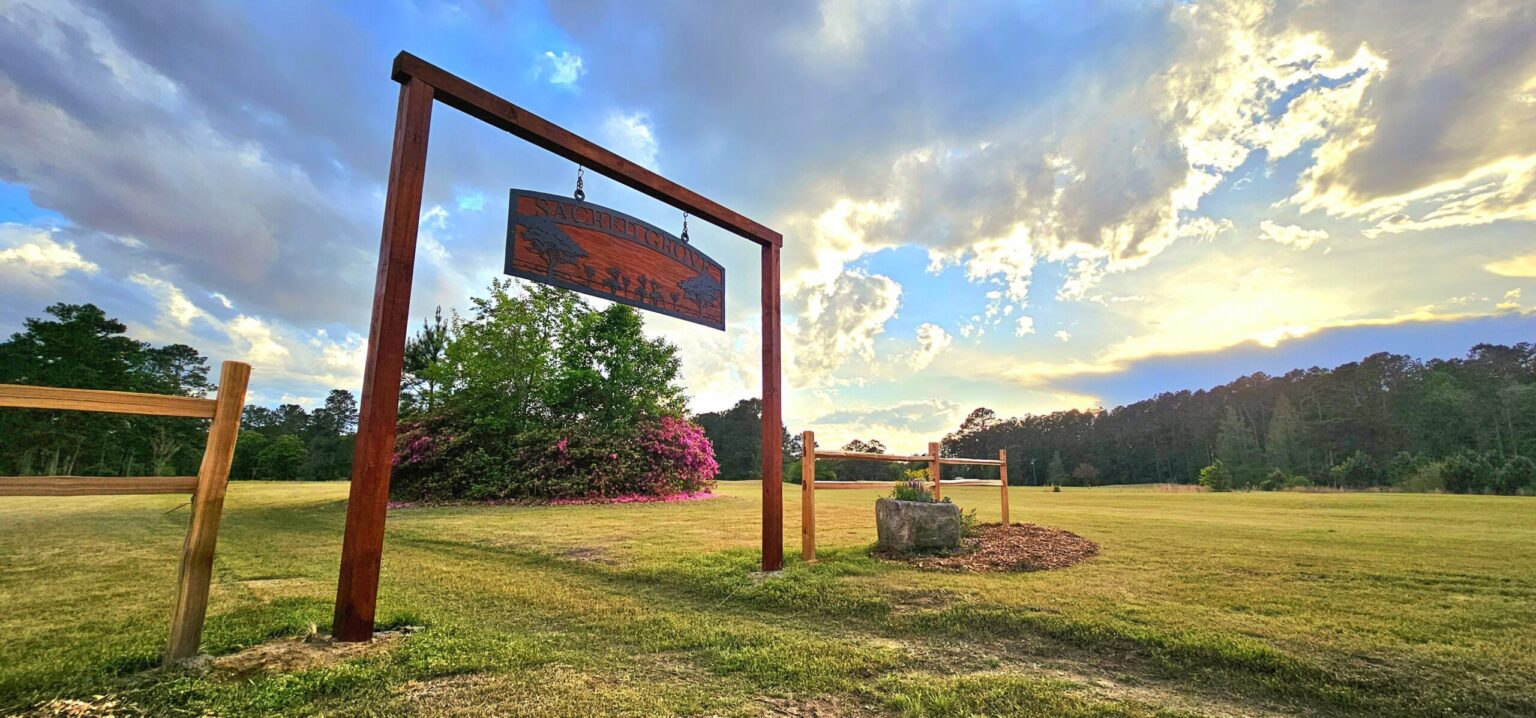In South Carolina’s Lowcountry, a new chapter in environmentally responsible burial is taking root. Sacred Grove, a 501(c)(3) nonprofit organization, has established the region’s first dedicated green burial cemetery, offering a meaningful alternative to conventional interment practices by prioritizing ecological restoration, tree planting, and the long-term conservation of natural landscapes. Located within the boundaries of the Francis Marion National Forest, Sacred Grove is reshaping traditional ideas about death care through a model that emphasizes environmental stewardship and land healing.
At the heart of Sacred Grove’s approach is the practice of green burial, which excludes the use of embalming fluids, metal caskets, and concrete vaults. These elements—typical in conventional burials—are replaced by biodegradable materials and minimal physical intervention. This method supports natural decomposition, allowing the burial site to contribute to the health of native soil, vegetation, and wildlife. According to the Green Burial Council, conventional burial in the United States consumes more than 5.3 million gallons of embalming fluid annually, in addition to millions of tons of concrete, steel, and hardwood. Sacred Grove’s model offers a lower-impact alternative that aligns with increasing public awareness of environmental issues.
The organization was founded by Arlette O’Rourke, a certified green burial operator with a background in both ecological advocacy and end-of-life care. Her vision for Sacred Grove is grounded in transparency, sustainability, and a deep respect for the interconnectedness of life and death. “Death is not the end. It’s part of the cycle of life. Our burials can restore ecosystems, preserve soil, and honor our loved ones in the most natural way possible,” O’Rourke said in a recent interview.
One of Sacred Grove’s primary ecological initiatives includes the restoration and conservation of native tree species and natural flora within its burial grounds. Each burial contributes to the long-term restoration of local ecosystems, with the organization actively working to reintroduce indigenous plant life and create habitats for native species. These reforested and preserved areas are intended to remain protected in perpetuity, ensuring that the land serves as a living memorial and sanctuary for future generations.
While Sacred Grove’s first cemetery exists on a decommissioned golf course converted into burial sites, the organization has refined its focus to prioritize the conservation of existing natural areas and the rewilding of previously disturbed lands. This includes planting native trees, enhancing soil biodiversity, and supporting pollinator habitats through integrated land management practices. The nonprofit’s commitment to ecological renewal makes it unique among green burial providers.
Public interest in sustainable end-of-life options continues to grow. A 2022 report by the National Funeral Directors Association found that 60% of Americans are open to considering green burial methods. Despite this interest, the number of certified green burial sites remains limited, with fewer than 500 currently operating in the U.S. and Canada. Sacred Grove’s presence in the Southeast addresses a regional gap and helps to expand access to environmentally conscious burial choices.
Sacred Grove is also actively engaged with several national and international organizations, including the Global Green Burial Alliance and the International Cemetery, Cremation and Funeral Association. These affiliations support its mission through collaborative advocacy, professional development, and public education aimed at integrating sustainability into funeral service standards and practices.
 “Sacred Grove was born from a vision—what if we turned places of rest into places of renewal? What if death could be regenerative?” said O’Rourke. Her perspective reflects the organization’s central philosophy: that burial can be both a personal farewell and an act of environmental responsibility. This guiding principle informs every aspect of the organization’s work, from its burial practices to its land conservation strategies.
“Sacred Grove was born from a vision—what if we turned places of rest into places of renewal? What if death could be regenerative?” said O’Rourke. Her perspective reflects the organization’s central philosophy: that burial can be both a personal farewell and an act of environmental responsibility. This guiding principle informs every aspect of the organization’s work, from its burial practices to its land conservation strategies.
The cemetery itself is designed to function as a protected green space rather than a traditional burial ground. Plots are minimally marked to reduce visual impact, and the site is managed with low-impact tools and natural maintenance methods. The land remains open to visitors and community members, serving not only as a place of remembrance but also as a living example of ecological care and landscape preservation.
In addition to its burial services, Sacred Grove hosts educational programs and community events that promote ecological literacy, conservation ethics, and sustainable end-of-life planning. These efforts aim to shift societal perspectives on death care and offer families the opportunity to make burial decisions that reflect contemporary environmental values.
By prioritizing ecological restoration and sustainable land stewardship, Sacred Grove provides a model for how communities can rethink burial practices to serve both personal and planetary needs. The nonprofit’s work contributes to broader conservation goals while offering individuals and families a dignified and natural option for end-of-life care.
For more information, visitSacred Groveor follow along onFacebook.
